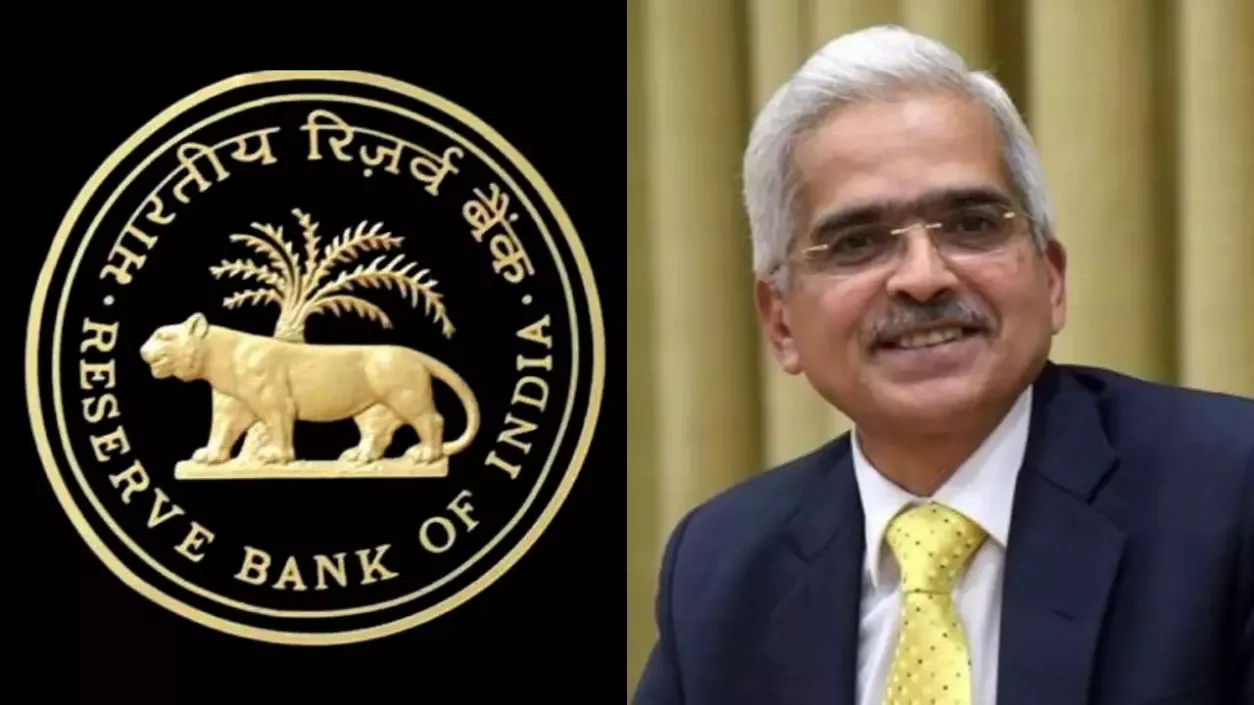Protests erupt outside Kasba Police station as 3 arrested in alleged Kolkata college gang rape
.gif)
.gif)

The Reserve Bank of India’s (RBI) Monetary Policy Committee (MPC) has reduced the repo rate by 25 basis points to 6.25%, marking the first rate cut since May 2020. The decision was announced by RBI Governor Sanjay Malhotra after the committee maintained a neutral policy stance. The repo rate was kept at 6.5% for 11 consecutive meetings before this revision. The previous rate cut was implemented in May 2020.
RBI has projected GDP growth at 6.7% for FY26, with quarterly growth estimates at 6.7% in Q1, 7% in Q2, and 6.5% in both Q3 and Q4. The inflation forecast for FY26 has been set at 4.2%, with quarterly projections of 4.5% in Q1, 4% in Q2, 3.8% in Q3, and 4.2% in Q4. In the December policy, the RBI had revised Q3FY25 growth projections from 7.4% to 6.8% and Q4FY25 from 7.4% to 7.2%. The cash reserve ratio (CRR) was reduced by 50 basis points to 4% in December to improve liquidity.
Governor Malhotra stated, “The MPC remains unambiguously focused on a durable alignment of inflation with the target while supporting growth.” He also highlighted that the RBI’s forex policy will continue to focus on maintaining market stability without targeting specific exchange rates. The committee had previously held the repo rate unchanged for two years, monitoring inflation trends before this adjustment.
The reduction in the repo rate is expected to influence lending rates. Home loan and personal loan EMIs linked to floating interest rates may decrease as banks adjust their rates in response. Auto loans, which typically have fixed interest rates, may not see immediate changes. The RBI has urged banks to reduce passive parking of funds with the central bank and instead increase lending and market participation.
The RBI has announced measures to address rising digital fraud. From April, all financial institutions must use the domain “fin.in” for transactions to enhance security. A working group is being set up to review market trading and settlement timings. The central bank continues to monitor global and domestic economic trends, with inflation moderation and liquidity management remaining key priorities.